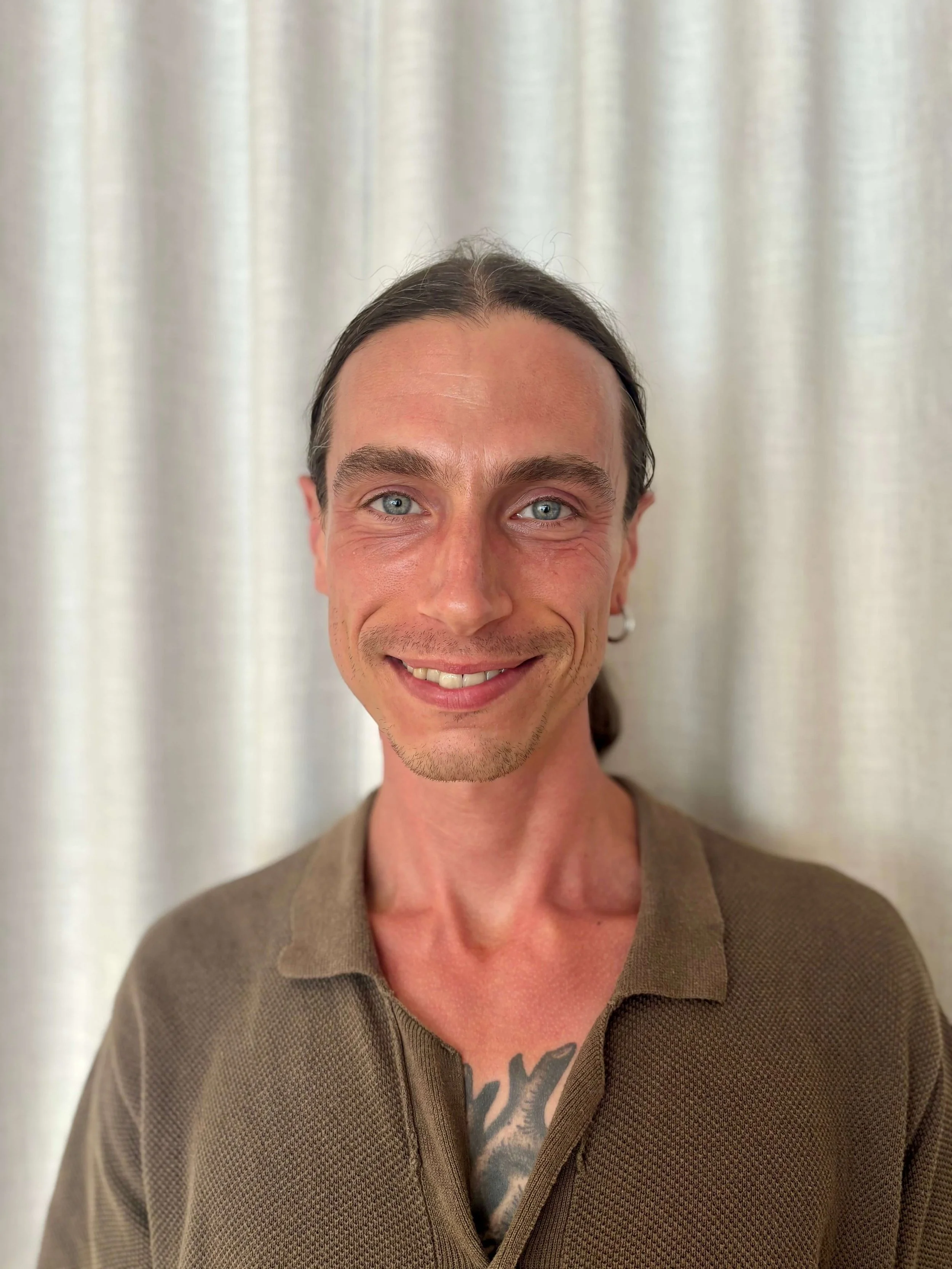Standing Poses: Working From The Base Up
Not long ago I was doing my practice before teaching an evening beginners class. It was the first week of the month so my teaching was focused on the standing poses. During my practice I pondered the question: “If there was only one major lesson to be taken from the standing poses, what would that be?” I let the question simmer at the back of my mind.
Coming out of Savasana at the end of my practice the answer dawned upon me. If I had to take one principle learned in the standing asanas, it would be the art of working and adjusting the pose from the base up. This is how we are normally taught in the Iyengar tradition: standing poses are learnt first, and a lot of the instructions given are about working the feet correctly to establish a firm foundation.
When working a standing asana, we need stability. Opening the soles of the feet, anchoring the heels and the balls of the feet into the ground, and learning to lift the inner arches, are all fundamental actions required to perform a well-balanced posture. Even standing on two feet can be a balancing asana, as I often say in my classes. The correct engagement of the feet creates grounding and generates balance in the pose.
It is also in the standing poses that we learn to press our feet into the ground and to direct that force back up into the hips, like pressing the front foot into the floor in Trikonasana and sucking the thigh into the hip on the front leg. So from the base (the feet pressing), we are connecting through the legs up into the pelvis: this connection creates strength and freedom in the feet, ankles, knees and hips. By drawing the energy of the legs up into the pelvis, the trunk and the arms can extend more, while the chest can open properly.
This is how we work the asanas from the base up. But that is not all: when we do the standing poses, we also adjust from the base up. For example: we have entered Parsvakonasana, we have created the shape from the base up, and we are in the pose. Then we realise we have to adjust the knee because it is rolling forward. In that case, we do not adjust by rolling the knee back. We adjust from the foot instead: pressing the inner heel of the front foot down, we draw up through the shin and then take the knee back. That adjustment will be much more sustainable and integrated because it came from the base. If we just push the knee back, most probably we will lose the foot and its anchoring to the ground.
Another example is opening the back of the knees in Uttanasana: we press the heels, lift the shin bones up, engage the kneecaps and then we start opening the back of the knees.
Integrating different groups of muscles, multiple joints as well as our attention and awareness when adjusting, all contribute to making the asanas more accessible and create a space where we have plenty to explore and work with.
Guruji B.K.S. Iyengar calls this process of constantly readjusting the asana “posing and re-posing”. Posing is assuming the shape, while reposing is all we do to maintain the shape.
In Iyengar Yoga, the process of adjusting or re-posing is never done in isolation: starting from the base or the root action, we adjust one part after the other and each part in relation to all others. When this flow happens continuously, it is a good practice day. The mind shuts.
These connections that we learn in the standing poses are carried into other groups of asanas, like forward bends, inversions, backbends etc. We build and adjust the pose applying the same principle of connections between the different parts so that the adjustment is not isolated.
How much can the back spread and release in our forward bends when we can fully open the back of the legs and generate the stretch from there?
How much the can chest open when dropping back into Urdhva Dhanurasana if we generate enough resistance through our legs and therefore adjust the chest from the base?
When the standing poses are practiced regularly and with some proficiency, adjusting from the base up becomes a way of practicing, and activating connections so that our poses feel balanced and integrated. The sensitivity and responsiveness required in performing and adjusting the asanas makes us to be in the present.
And that very sense of alertness, of being completely present and focused, is learnt in our very first class when we jump our legs apart and learn to stand tall on our feet.
The standing poses demand from us that we remain alert yet grounded and that we connect to our base to be established in Sthira (stability) so that we might experience Sukha (joy, delight) within our effort.
Lorenzo Sacchini
Lorenzo Sacchini has been teaching at Central Yoga School since 2016 and is a Level 2 certified teacher.


